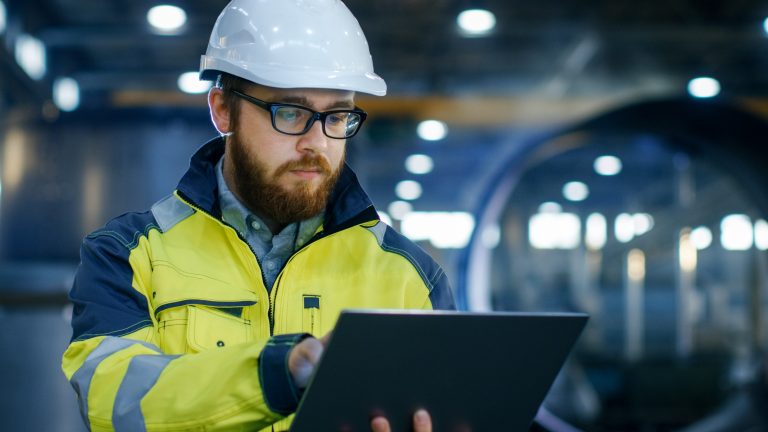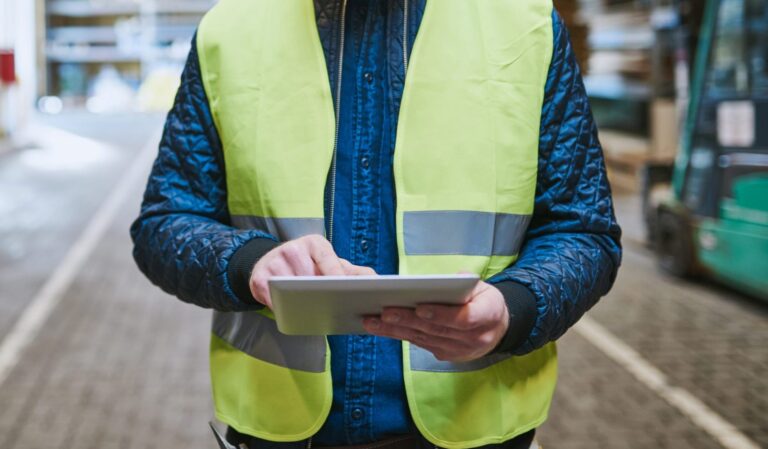
What is a carbon footprint
The carbon footprint is the sum of greenhouse gas emissions such as: carbon dioxide (CO2), methane (CH4), nitrous oxide (N2O), hydrofluorocarbons (HFCs), perfluorocarbons (PFCs), sulfur hexafluoride (SF6), which are produced, among others, in in the production process of a given product, during its storage, transport and operation. It is one of the measures of the company’s impact on the environment.
Carbon footprint – why is it worth counting?
| Protecting the Environment – reducing greenhouse gas emissions demonstrates environmental and corporate responsibility. |
| Legal requirements – determining the carbon footprint of your company and the products you manufacture is an activity formalized by both national and international standards and guidelines. |
| A way to reduce costs – with the help of modern IT systems, you can gain data that will indicate the space to optimize production and eliminate waste. |
| Increased competitiveness – it is not uncommon for the level of carbon footprint to influence the decision on choosing the supplier. |
| Building the image of the company – calculating the carbon footprint and taking actions to reduce its level build the image of a conscious and responsible company. |
| Direction for further development – carbon footprint data can influence further decisions regarding: choice of materials, product design or optimization of production processes. This will allow for further development of the production plant. |
How to reduce your carbon footprint?
The level of the carbon footprint is affected by many elements and everyday activities that we often forget about. To be able to take business and investment decisions effectively, you need reliable and up-to-date data. IT systems allow you to gain detailed data from the production process, but also data on e.g. office work or maintenance of the machine park.
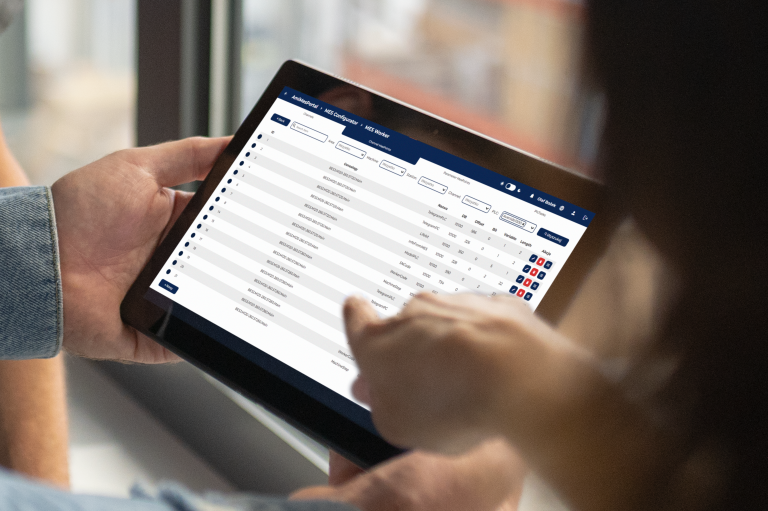
Elimination of paper reporting
Thanks to the visualization of the production status and automatic reporting, you gain e.g. access, in real time, to the data on production efficiency and effectiveness. You immediately know what exactly is happening at the production plant at any given moment. You have constant insight into current and archival data, including those regarding the causes of downtime and failures. You can easily analyze the results and take business decisions based on them. You also eliminate the use of paper.
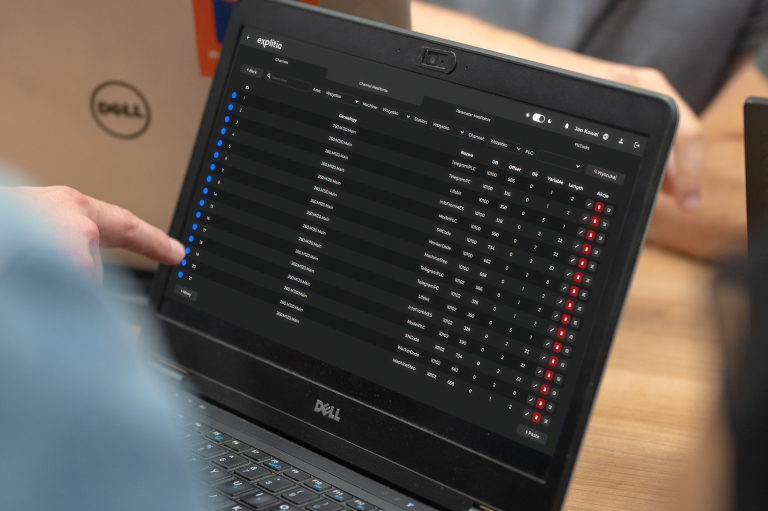
Production traceability
Production traceability allows you to gain the information on different aspects including:
- what raw materials the product was made of,
- from which manufacturers the components come from,
- how many products were produced under a specific order,
- how long was the production cycle,
- which employees were involved in the manufacturing process,
- what machines and devices the product was made with.
The obtained data can support the opitmization process of the manufacturing process by finding space for savings or shortening the cycle time.
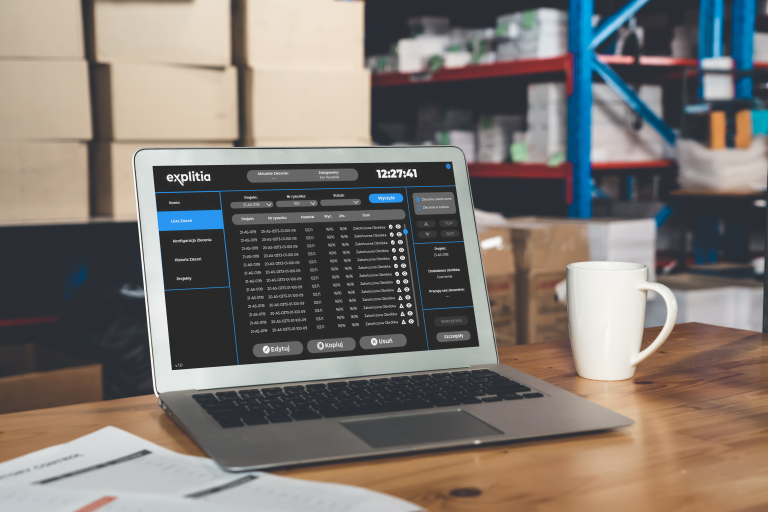
Planning and distribution of production orders
The production planning system makes it possible to hierarchize what and in what order should be produced in order to: optimize the use of warehouse resources, increase efficiency, shorten cycle times, reduce the number of changeovers, improve communication between the technologist and the machine operator and save the working time of both the device and the machine operator. Thanks to the system, you have access to current and archival data, which supports the decision-making process.
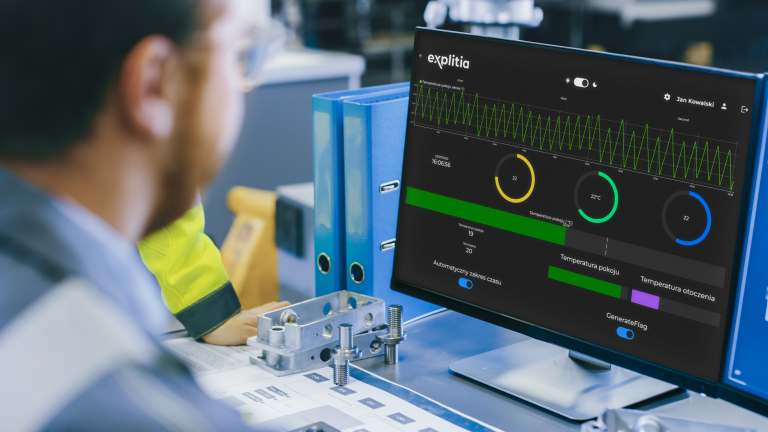
Data collection and visualization
For managers and leaders, constant access to current and archival data means great comfort during everyday decision making.
On the basis of reliable information, it is easier and more efficient to find space for optimization, but also to make decisions related to e.g. the purchase of a new machine or investment in a photovoltaic installation more effectively. In addition, after determining the threshold values, the data collection and visualization system automatically sends alerts. Thanks to which – if necessary – it allows for a quick reaction.
Contact us
Do you want to move your production plant to level 4.0? Are you interested in modern solutions for industry in the field of automation and digitisation? Be sure to let us know!
